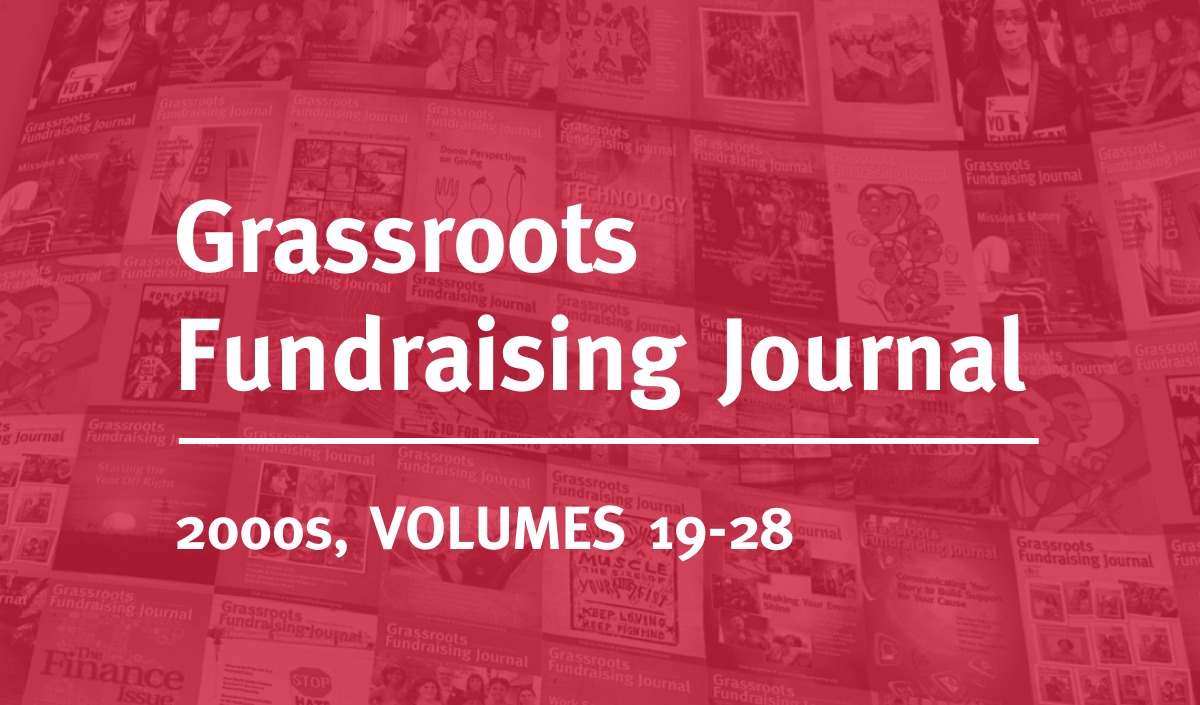December 2011; Source: Levy Economics Institute (Bard College) | In this nation’s outlays for various things such as overseas wars, social safety net programs, Medicare, Medicaid, and Social Security entitlement spending, the numbers get really huge. The share of federal resources that goes to and through nonprofits is kind of paltry. During the period of bailouts for troubled sectors of the U.S. economy such as the automobile industry, Wall Street banks, and insurance companies, Nonprofit Quarterly readers wondered aloud about how much the nonprofit sector, itself troubled due to increasing service demands combined with decreasing governmental grants and charitable giving, also deserved a share of the bailout.
It might have been possible. Economist James Felkerson of the University of Missouri at Kansas City has just published a stunning finding in a working paper released by the Levy Economics Institute at Bard College, as part of The Ford Foundation’s “Research and Policy Dialogue Project on Improving Governance of the Government Safety Net in Financial Crisis.”
Dear reader, please sit down so you don’t hurt yourself if you happen to faint or have a seizure upon reading this.
Felkerson calculates that the cumulative spending of the Federal Reserve Bank system to bail out the banking sector exceeded $29 trillion. Yes, trillion. That is much higher than the $7.7 trillion that Bloomberg News calculated based on information it received from a recalcitrant Fed as a result of an FOIA request plus pressure from Vermont Senator Bernie Sanders.
That $29 trillion in loans, loan guarantees and asset purchases is equivalent to twice the Gross Domestic Product of the entire country. Excluding “central bank liquidity swaps,” the top ten users or recipients of the Fed’s bailout largesse were:
Citigroup (13.6 percent)
Merrill Lynch (12.4 percent)
Morgan Stanley (11.6 percent)
AIG (5.4 percent)
Sign up for our free newsletters
Subscribe to NPQ's newsletters to have our top stories delivered directly to your inbox.
By signing up, you agree to our privacy policy and terms of use, and to receive messages from NPQ and our partners.
Barclays (U.K.) (5.3 percent)
Bank of America (5.2 percent)
BNP Paribas (France) (5.1 percent)
Goldman Sachs (5.1 percent)
Bear Stearns (5.0 percent)
Credit Suisse (Switzerland) (4.0 percent)
The Fed’s $29 trillion makes the Treasury’s total $412.73 billion outlay for the Troubled Asset Relief Program look like peanuts. But the maximum possible TARP allocation was actually more than $470 billion, so between unused TARP (and now paid-back TARP funds) and the flexible Fed Reserve spigot, there were some extra bucks in there that might have helped bail out some of the troubled areas of the nonprofit social safety net.
Regardless, just ponder the number. More than $29 trillion from the Federal Reserve went to the banks, the top seven recipients each getting more than $1 trillion apiece. If you’ve taken a deep breath and a sip of water to clear your head, you are now able to resume your normal activities and get up from your easy chair.—Rick Cohen













